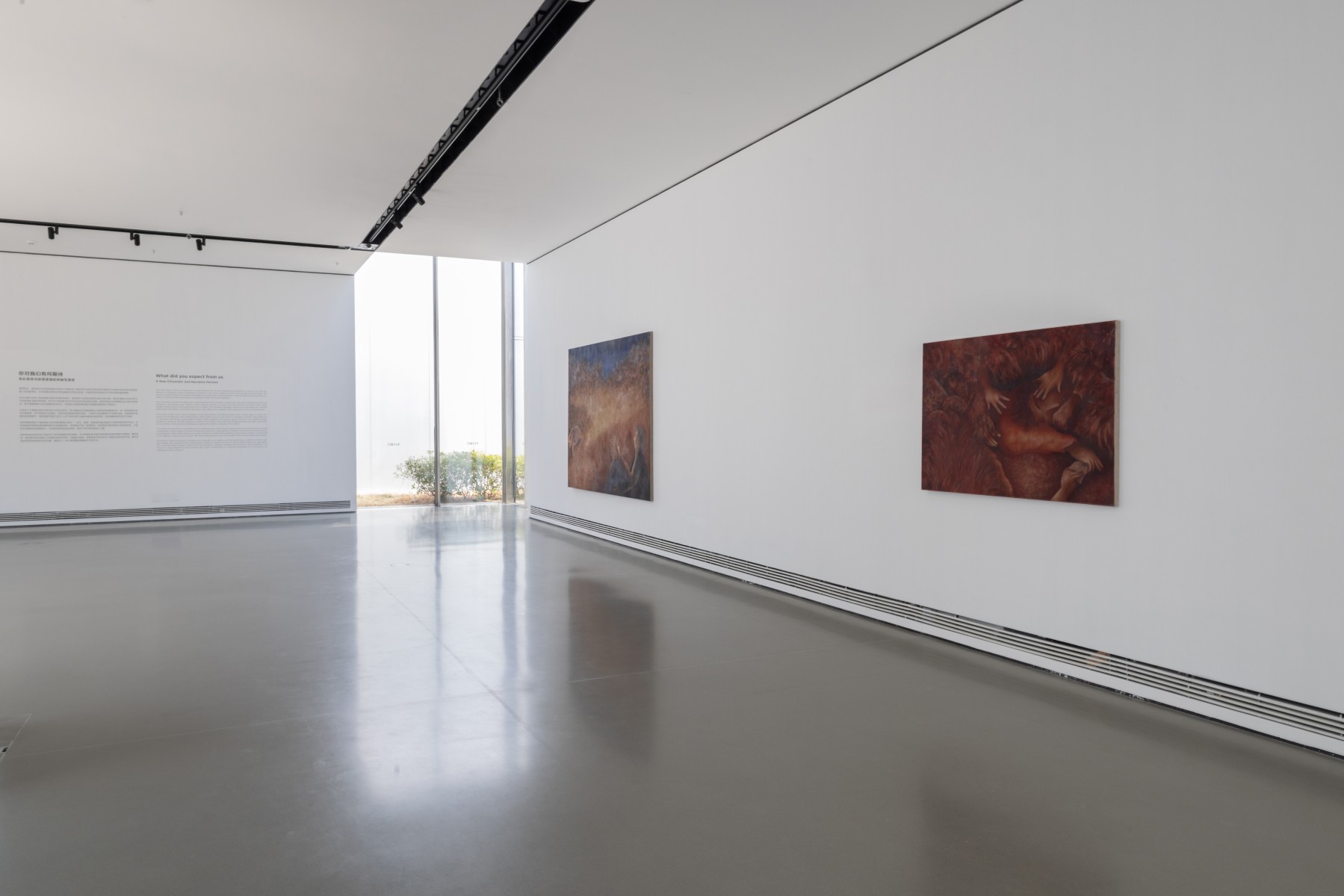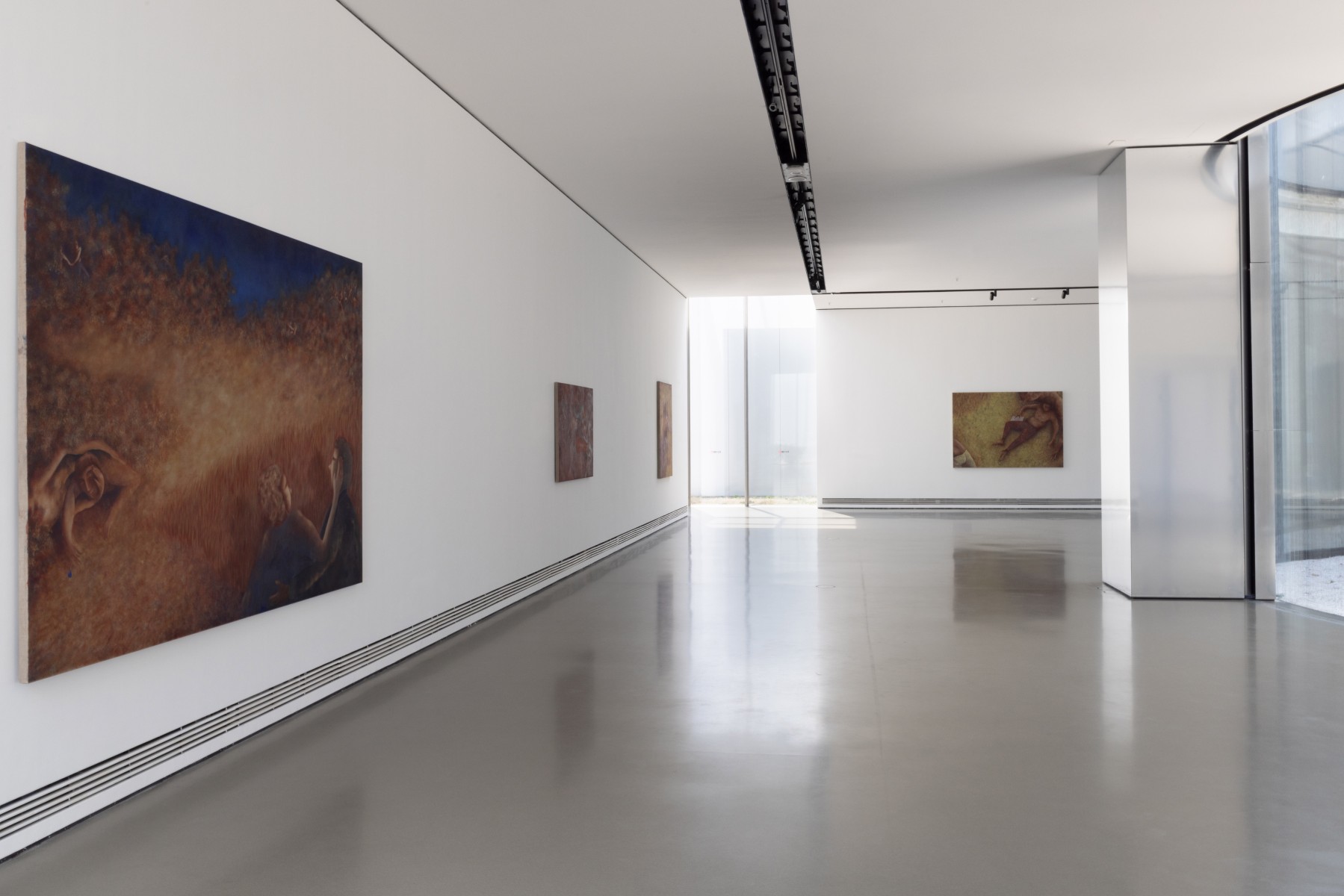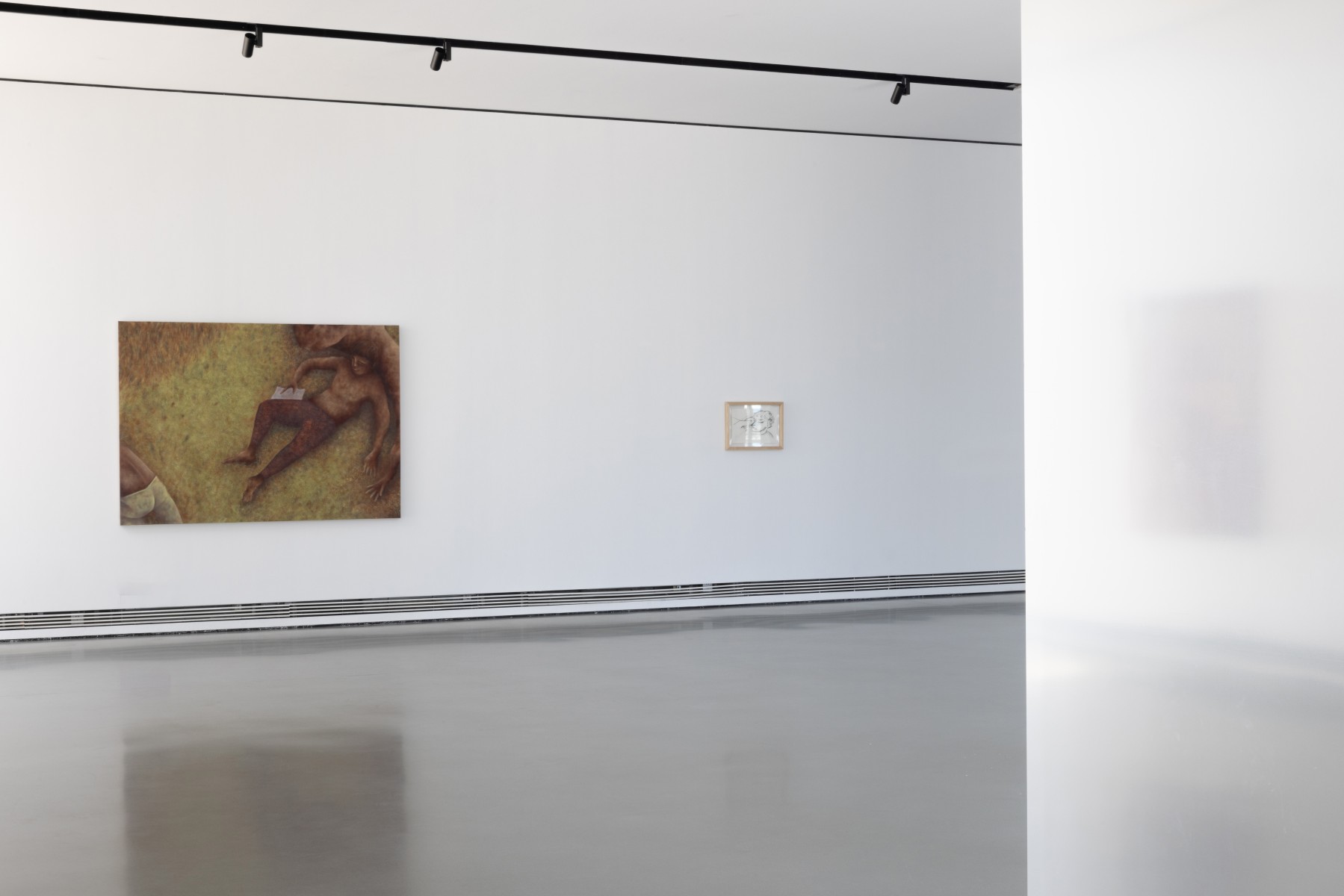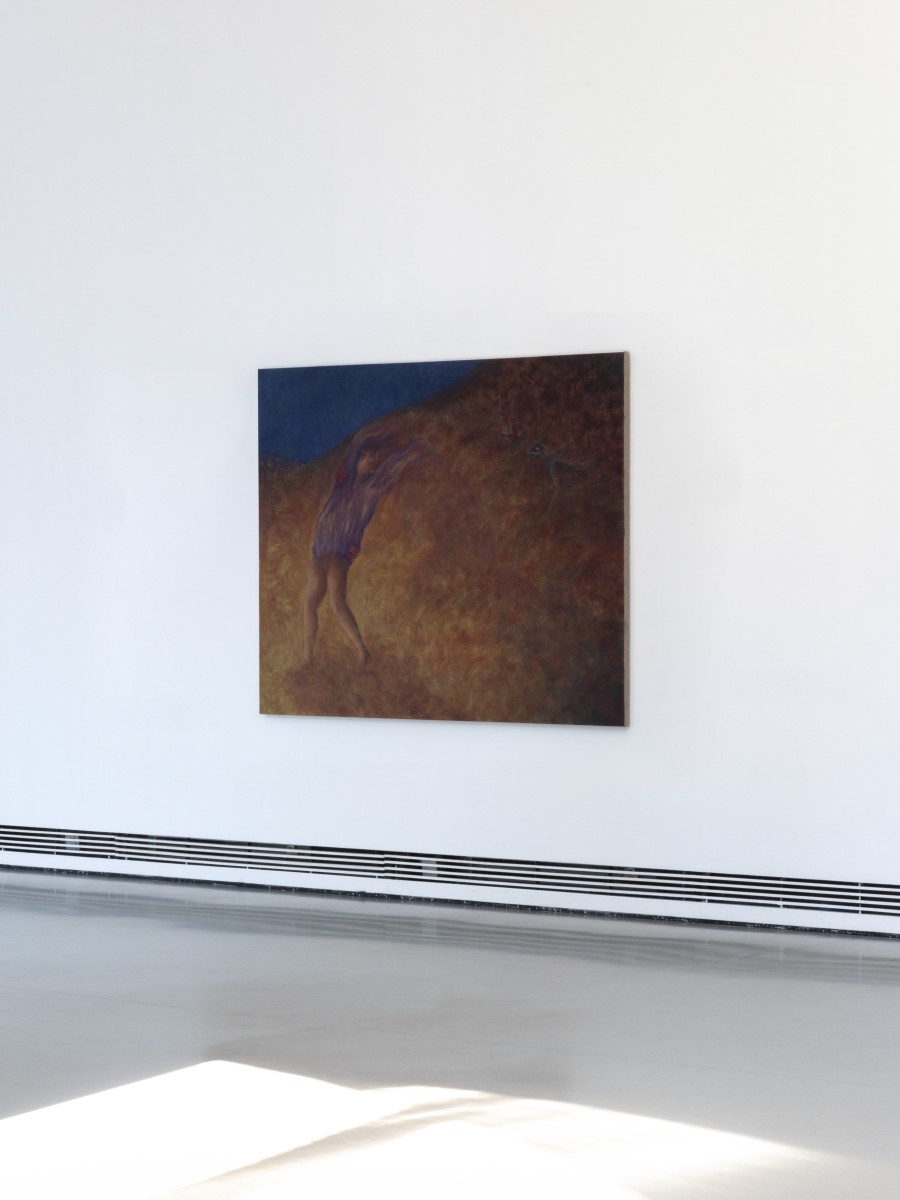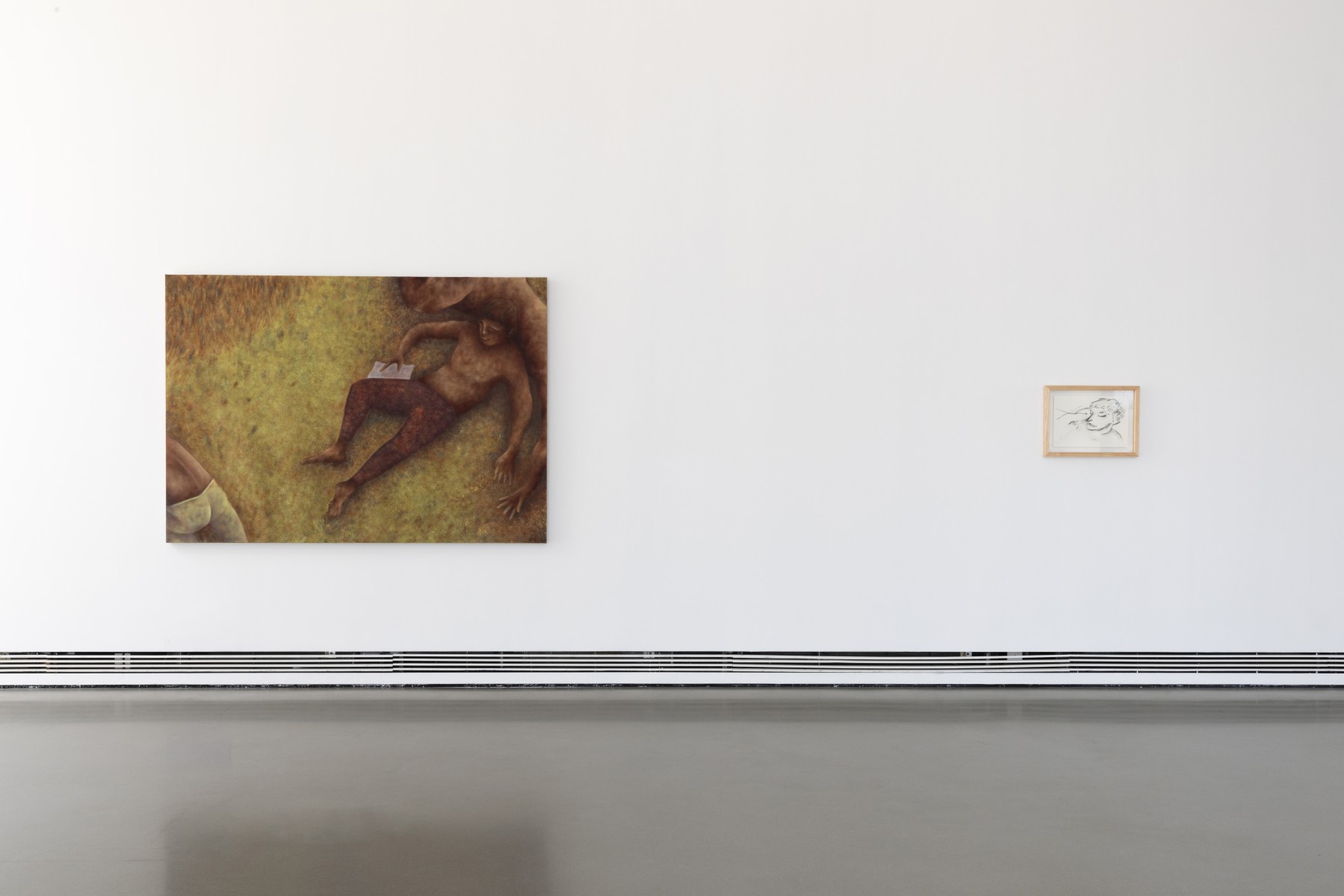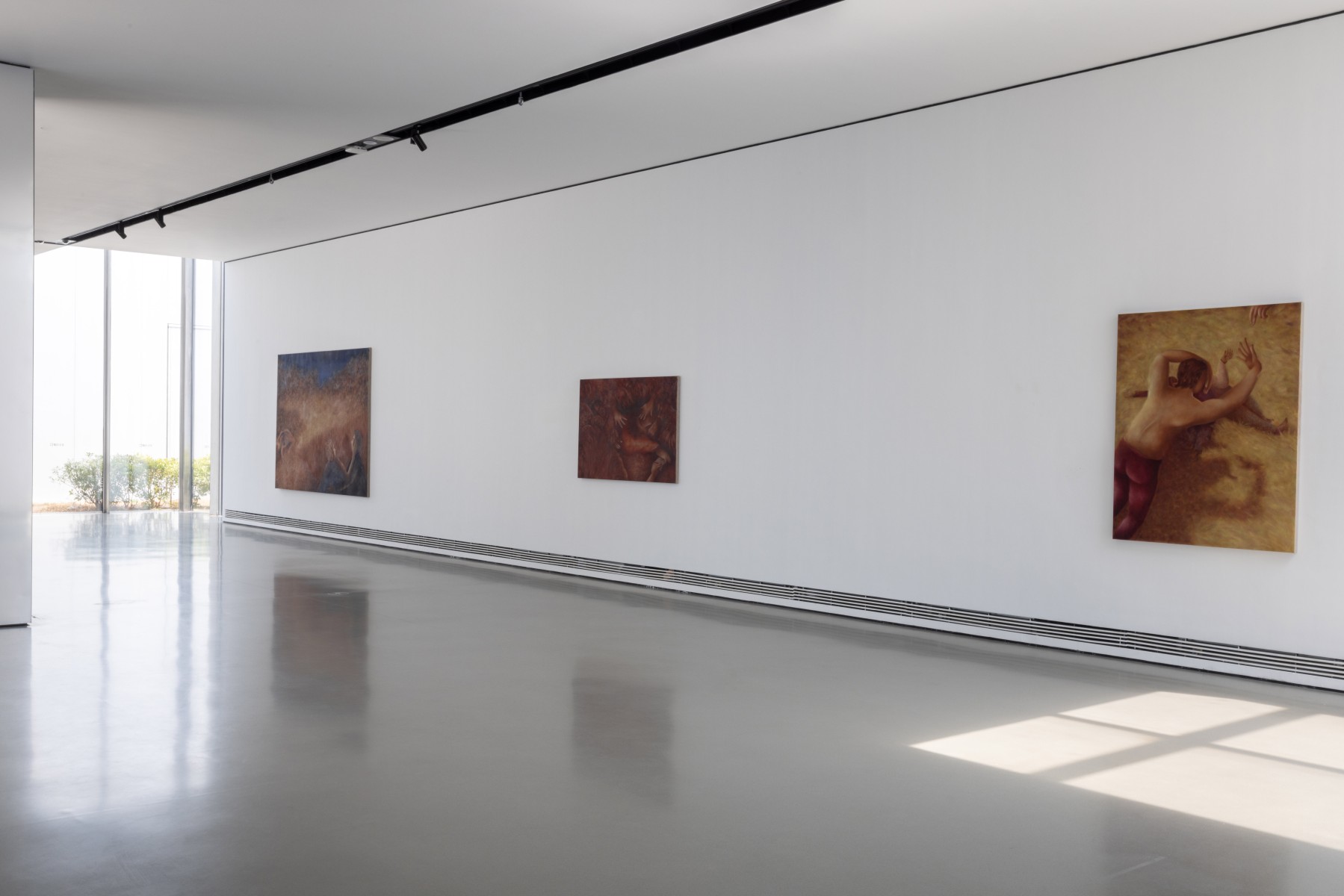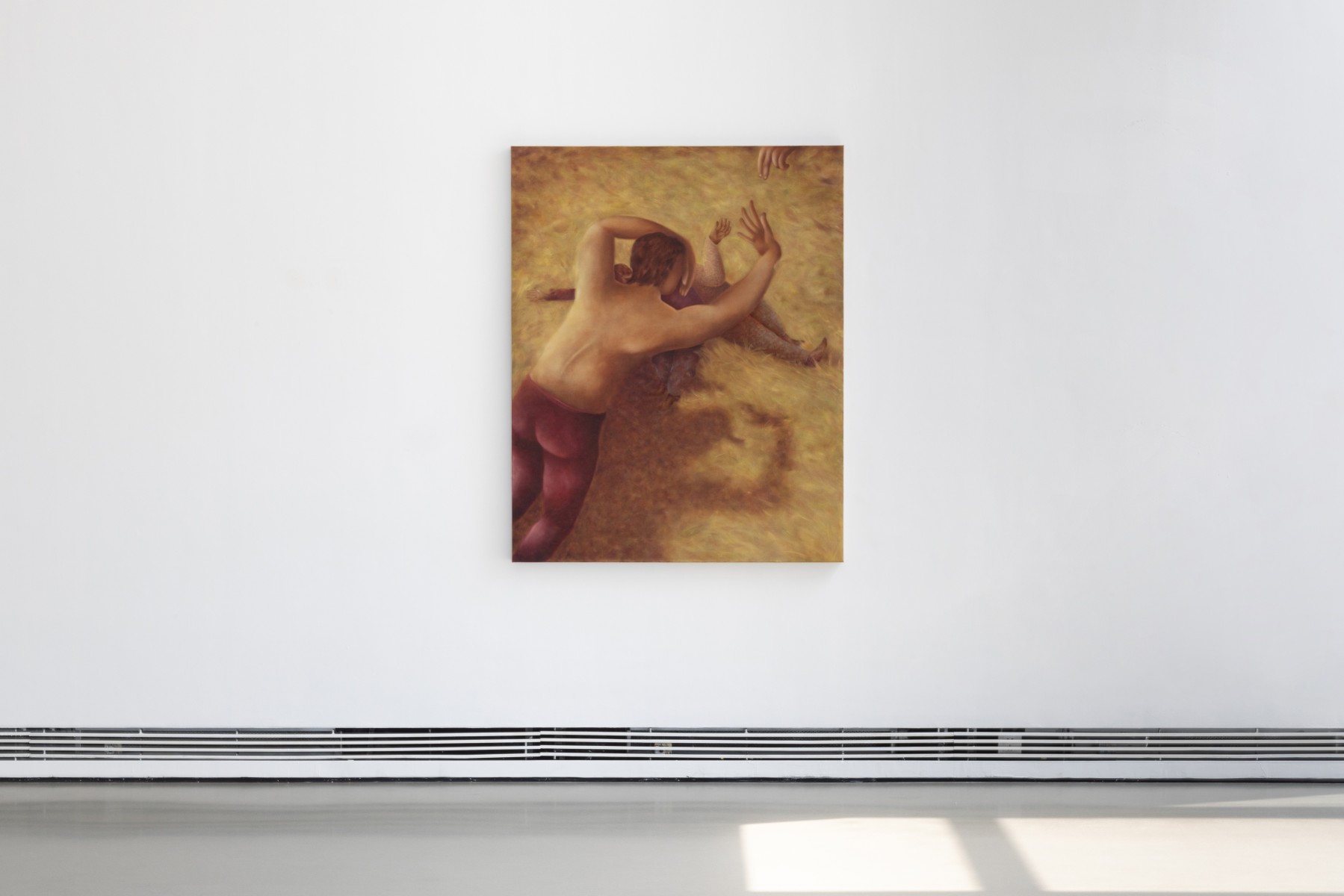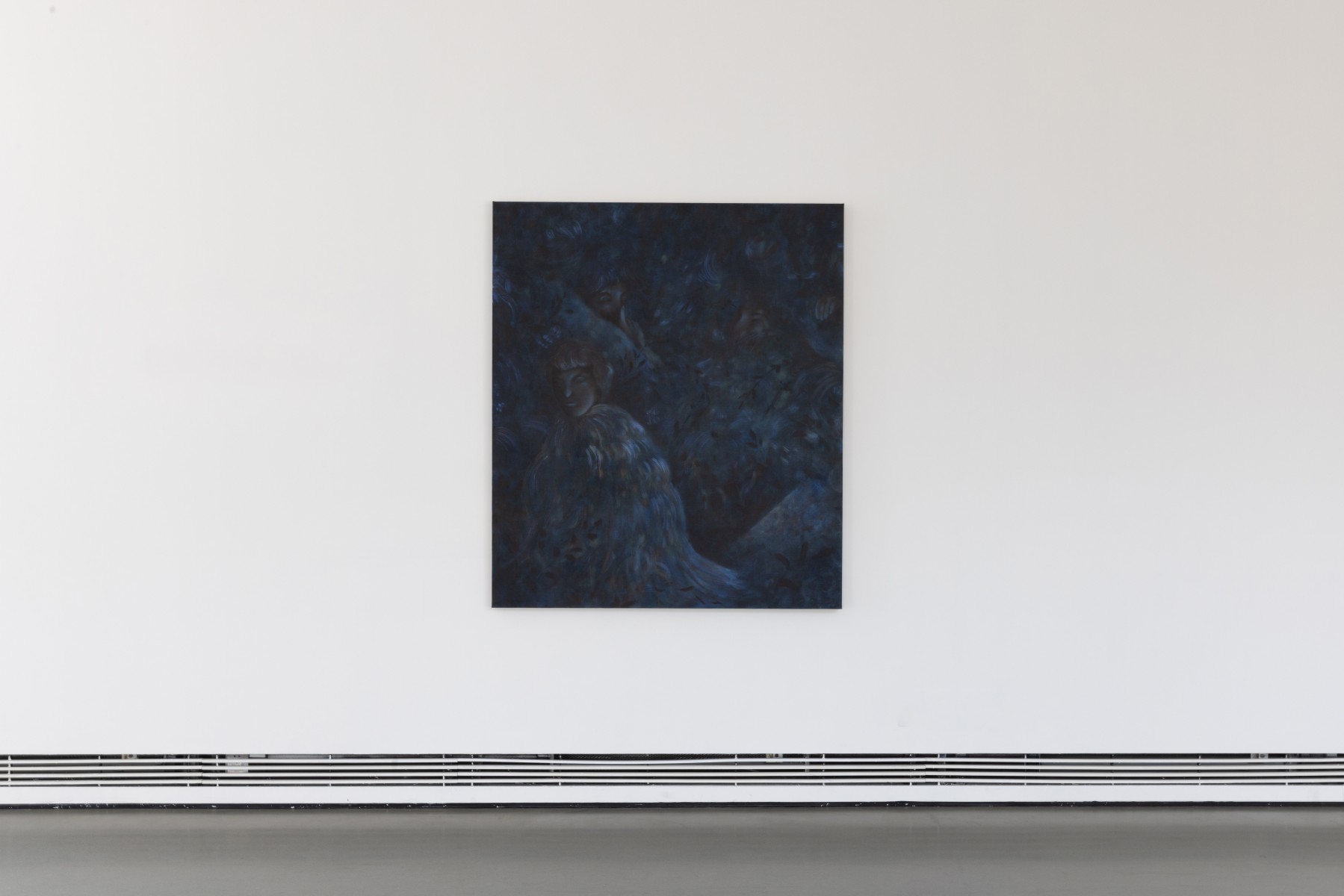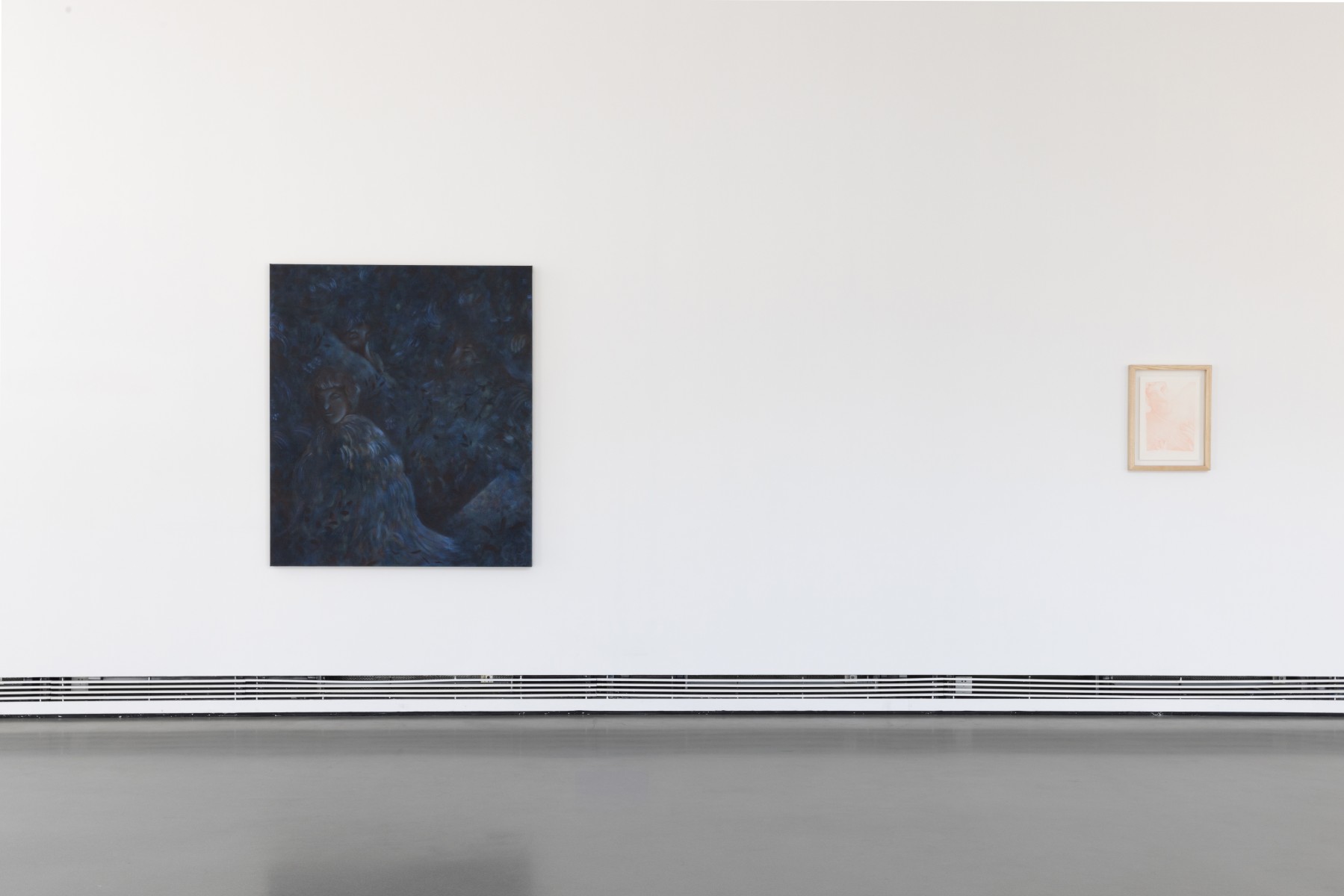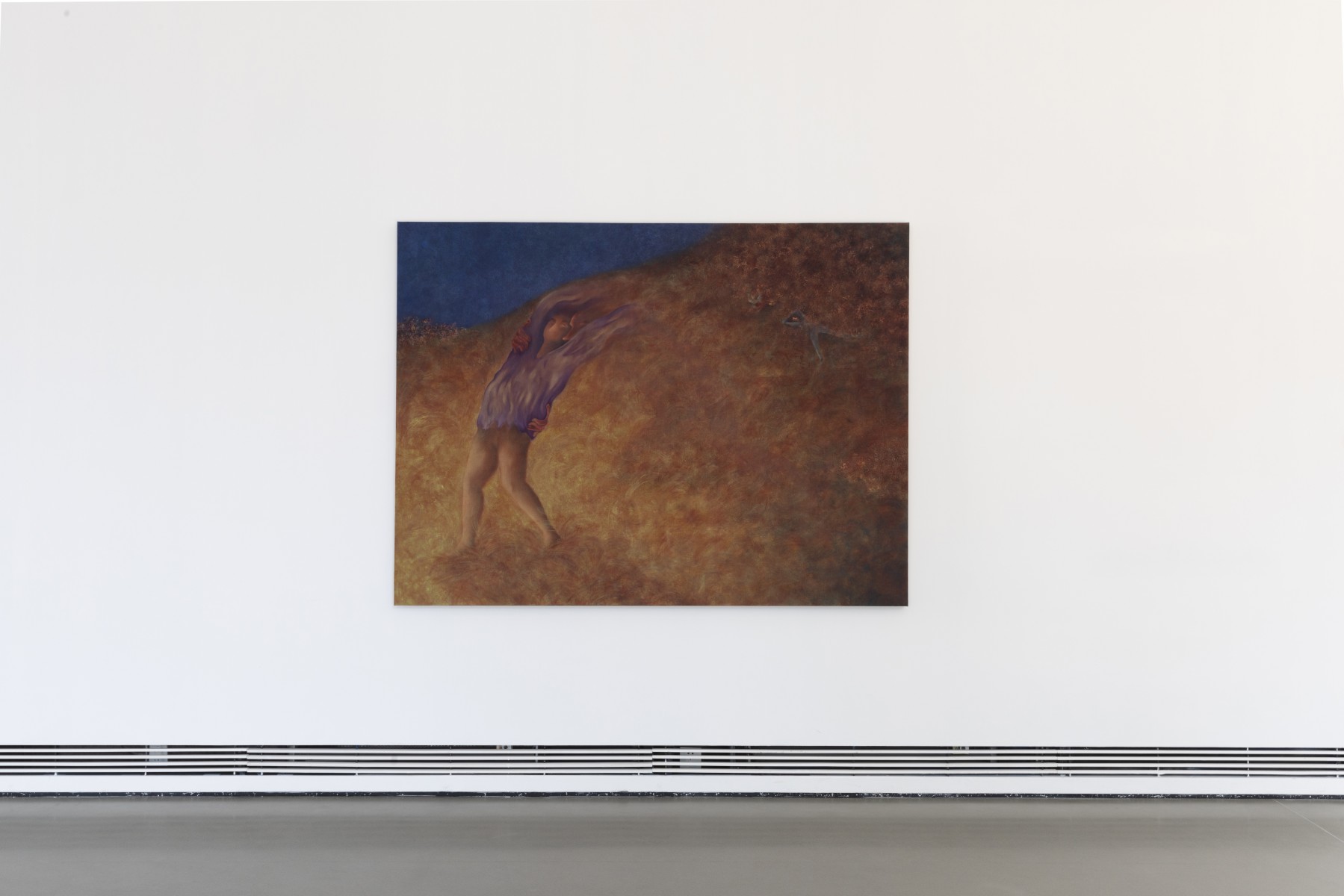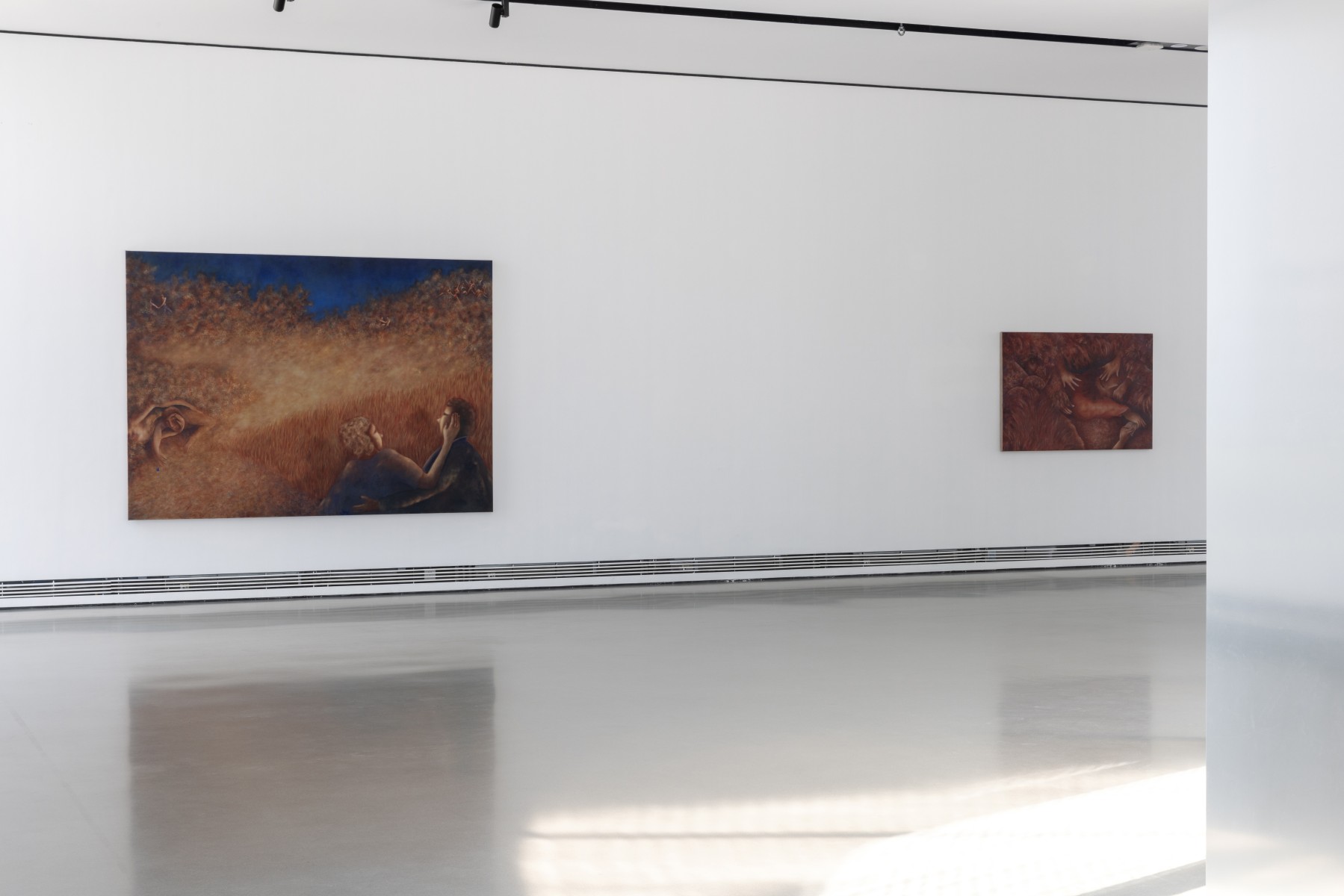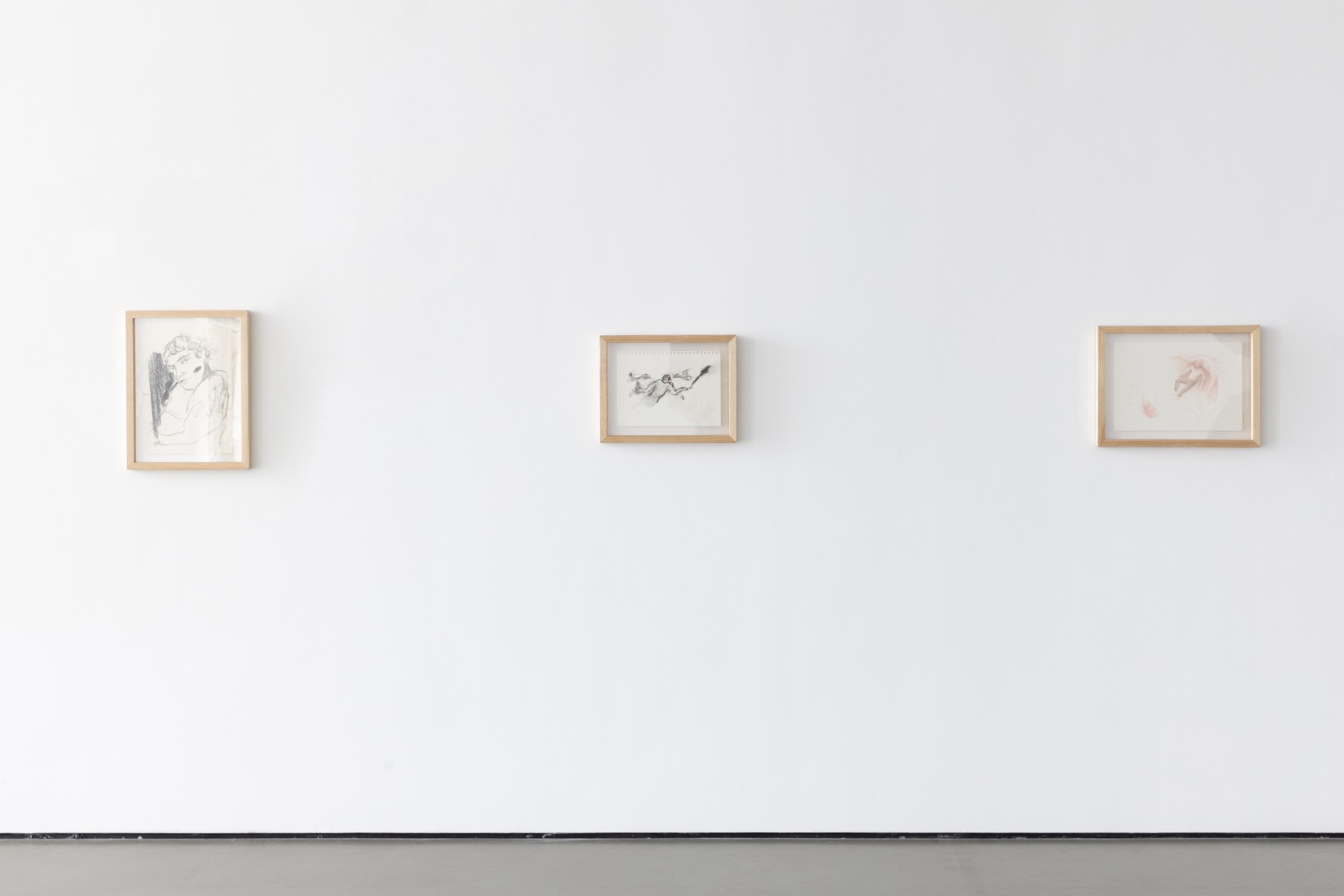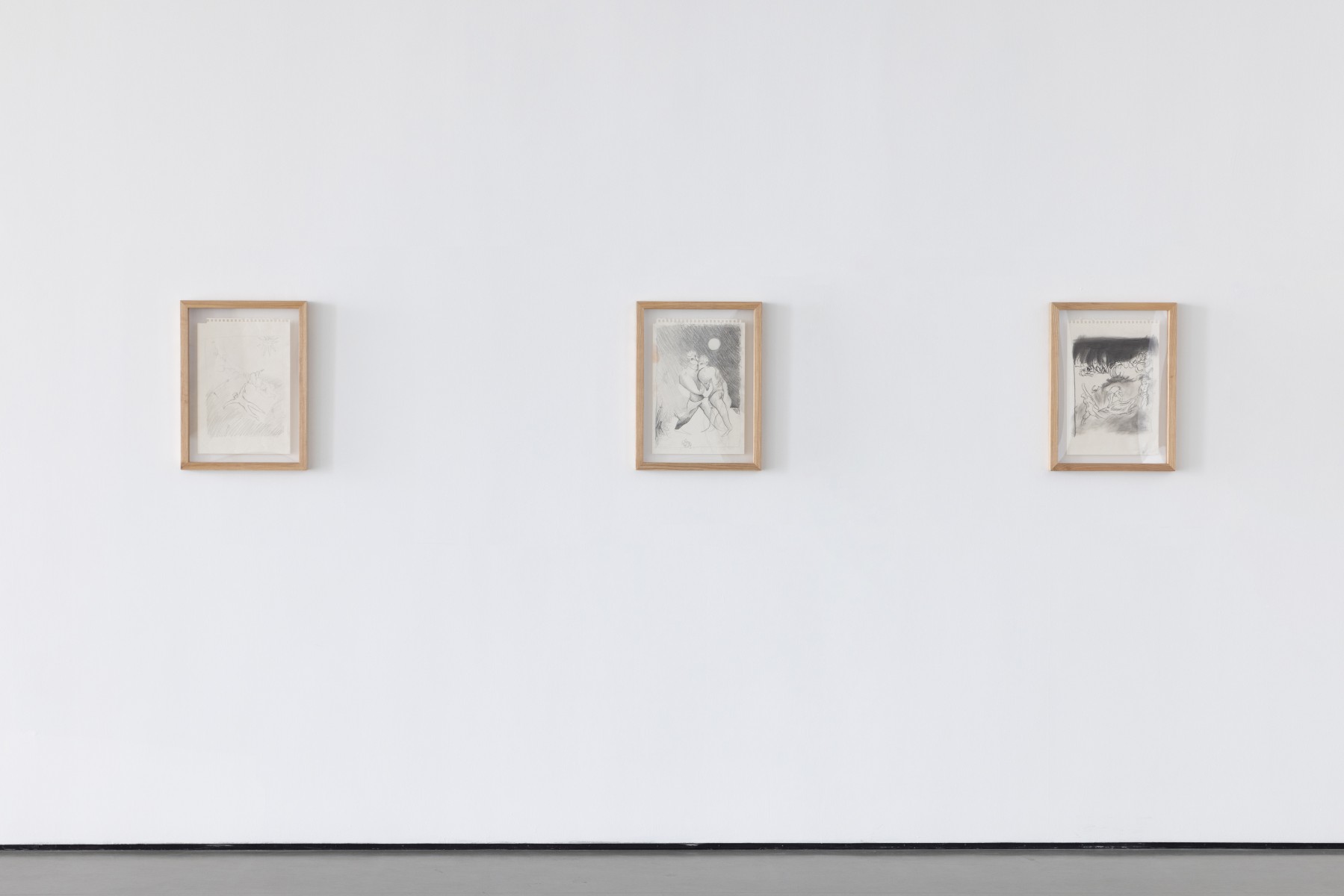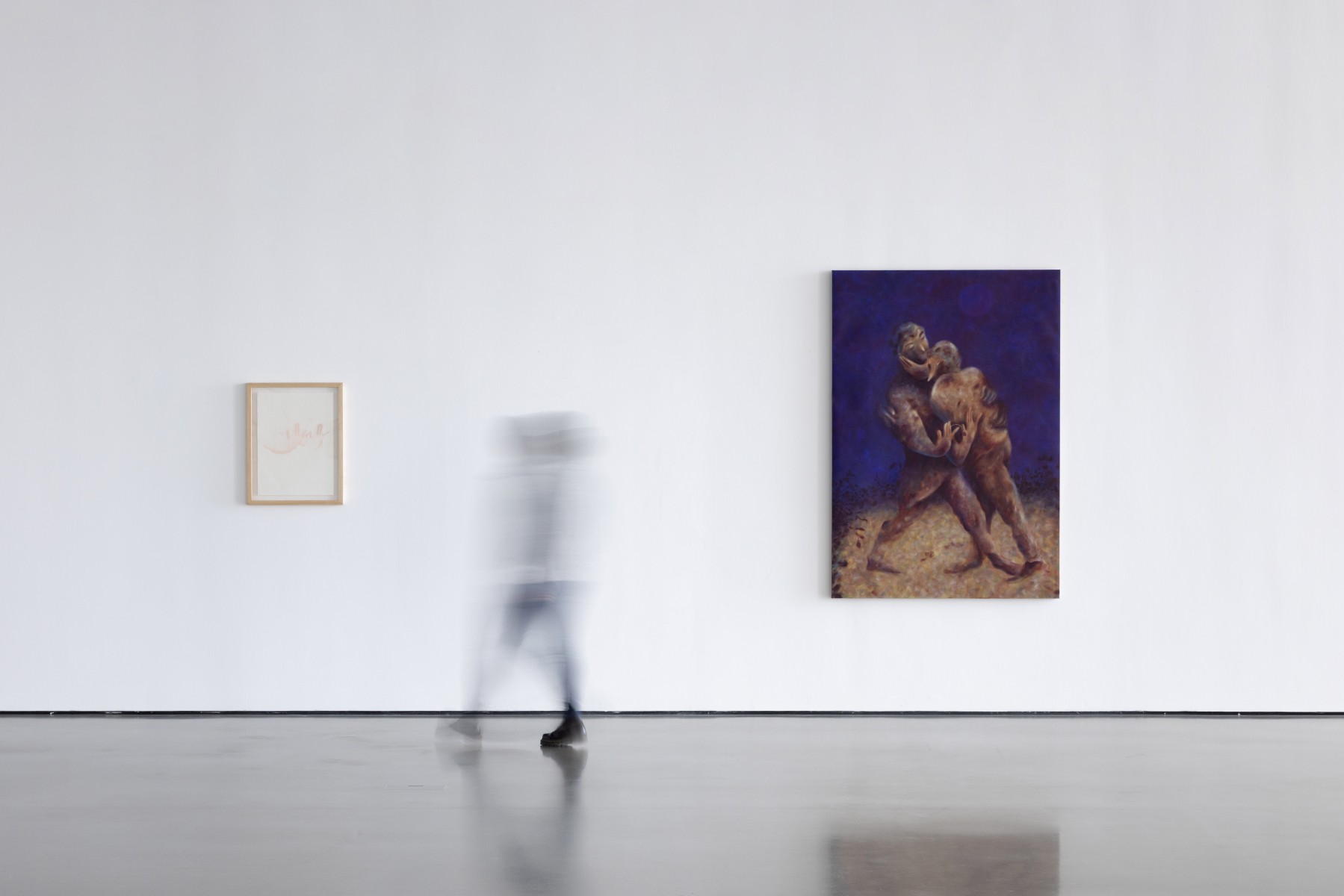Cecilia De Nisco:What did you expect from us
Duration: April 3 - May 18, 2025
Text by: Giorgio Di Domenico
Location: TAG Art Museum, No. 1111 Yinshatan Road, West Coast New District, Qingdao, China
--> Click here for the video of the exhibition <-- Producer: Meng Xianwei; Music: Hans Zimmer, Richard Harvey, Camille - Suis- moi (Reprise); Edited by: Shaoli Huang from TAG team
Touching, Resting, Drinking
In 1783, in the peaceful city of Geneva, the scientist Johann Jacob Schweppe invented one of the first industrial-produced soft drinks: the soda water that took his name. In 2008, Schweppes released the commercial that fixed its name in the imagination of our generation – Cecilia De Nisco was eleven, and I was twelve. In the ad, Nicole Kidman descended on a floating platform, embraced a man, opened her dress, then ran and locked herself in a room. Here she drank a small bottle of Schweppes and whispered the famous slogan: ‘Hey, what did you expect?’. In 2011, Uma Thurman replaced Kidman. Three years later, it was the turn of Penelope Cruz. Through this series of actress switches, our awareness grew, and we slowly began to sense the ambiguity of that short slogan.
The largest painting in the exhibition, The Chirping Garden, depicts a crowded landscape. The wheat field where it appears to be set, with spikes constructing the space, recalls The Harvesters, a picture painted by Peter Bruegel the Elder in 1565. In De Nisco’s painting, instead of harvesting grain, people are engaged in a much more demanding activity: loving, touching, and getting to know each other. In 1964, African-American figurative painter Bob Thompson had painted another version of The Harvesters. He got rid of all the workers and only focused on the people resting under a tree, joined by a white dog. Thompson titled his painting Harvest Rest. I like to evoke these three paintings together because they focus from different points of view on how space and nature condition the physical interactions between people, a central theme for De Nisco. Most of her older paintings, set in private rooms, focused on intimate and mysterious spaces. Now, she has taken her lovers out into nature. Challenging her characters and herself, she decided to expand the time and space of her paintings.
In the foreground of The Chirping Garden, two seated people caress each other while enjoying the view. In front of them, closer, two half-naked people are embraced, lying in the fields. One of them clutches a small blue flower. In the background, one couple holds hands while another is fighting, or maybe just touching. Even further away, a dozen people dance in amusement with their shadows. As a kind of fresco or cinematic wide field, this large landscape collects the themes and episodes painted in detail by De Nisco in the other paintings in the exhibition. Everything seems peaceful, but it is impossible not to sense an anxious, chirping presence hiding in nature and threatening that rural paradise.
De Nisco is quite clear about the meaning of these paintings: ‘There is no tale to conclude, no truth to grasp. Only suspended images, bodies held in an uncertain time, gestures that oscillate between desire and distance. What did you expect from us? Perhaps there is no answer. Or perhaps it is already all here, within the field of painting’. Such a statement is liberating. After looking at the metaphorical and literal “field” of her larger painting, the viewer can linger on the other artworks without much expectation, knowing that what matters is all within the frames. In Feather Thieves, a dark and blueish picture, mysterious feathered figures (a dream? a disguise? a crime?) appear or disappear in the bushes. In With the Best of Intentions, two figures wrestle; one has a necklace of flowers grown on the edge of their decapitated, floating head. In Let’s Leave It at That, Embracing the Worst a figure melts into nature. A ghost, or perhaps just a shadow, is hugging them from behind, dragging them away toward little men lying in the field. In Time Slips Away someone fell asleep in a bush while drawing. From the leaves, watchful eyes and grabbing hands menace them. Under the deep blue sky of We Are Playing Catch Right Now, Aren’t We? two nightmarish figures with long noses and even longer shoes dance, or perhaps embrace, or maybe just play; one of them holds a wilted little flower. In Mistery Lies in Every Day That Breaks, other figures move through the fields. They are fighting with their shadows, forcing them to join their game. In the last painting, Scattered Thoughts (Not Even a Peaceful Nap Can Be Had Anymore), the gaze flies over the field. The viewer feels like a drone or one of the ghosts from the other paintings. On the left, a person leaves the scene. Another figure is lying in the opposite corner. The head of the main character rests on their body. As in the painting by Bob Thompson, the figures are just resting, lying down and not doing anything. Most importantly, the main figure is holding a drawing. It represents a hand holding a small flower.
What happens when a painter paints a drawing in one of her paintings? The mediums merge, complicating the sense of what painting is. To make everything even more intricate, De Nisco decided to display ten drawings next to her paintings. She had never exhibited her drawings before. I had only seen them hanging in her studio. They were secret objects that only served to sketch the paintings. Indeed, some of the drawings in the exhibition are charcoal sketches on album sheets. They depict faces, characters, compositional ideas, scenes, and movements with an inventive freshness that inevitably gets lost in paintings. Three of the drawings are different. De Nisco used a red pencil to create self-sufficient images. They are accomplished and detailed artworks which address the very meaning of drawing. They are delicate, almost unnoticeable, and only one is related to a painting. The other two depict a figure touched by two hands and two hands again, holding a flower. That flower must have grown inside one of the paintings. After all, the drawings themselves seem to belong to the universe of the paintings. Like relics of that mysterious world, they connect the viewers to that field they cannot access. Looking at the drawing with the hands clutching the flower, the viewer can almost enter Scattered Thoughts, the painting with the figure clutching a similar drawing. To imagine touching and holding that flower is equivalent to touching one of the characters, drawings or flowers painted in the paintings. The exhibition thus transforms into a tactile and imaginative game, a way of discovering the other, nature, and images through an imaginary confrontation with their consistency. The imagined texture can be that of a stiff hand, a soft hip, a delicate petal, a bending bush or even an intangible ghost. It doesn’t matter in the end, because the real consistency of all those elements is just that of painting or drawing. That’s all, as De Nisco told us. Now that she has hung her touching paintings and drawings, now that she has intricated our reality and imbued us with a mysterious sense of uneasiness, she can drink from her small bottle of tonic water, look at her works, stare at us, and whisper with a sneer: ‘Hey, what did you expect?’
- Giorgio Di Domenico
